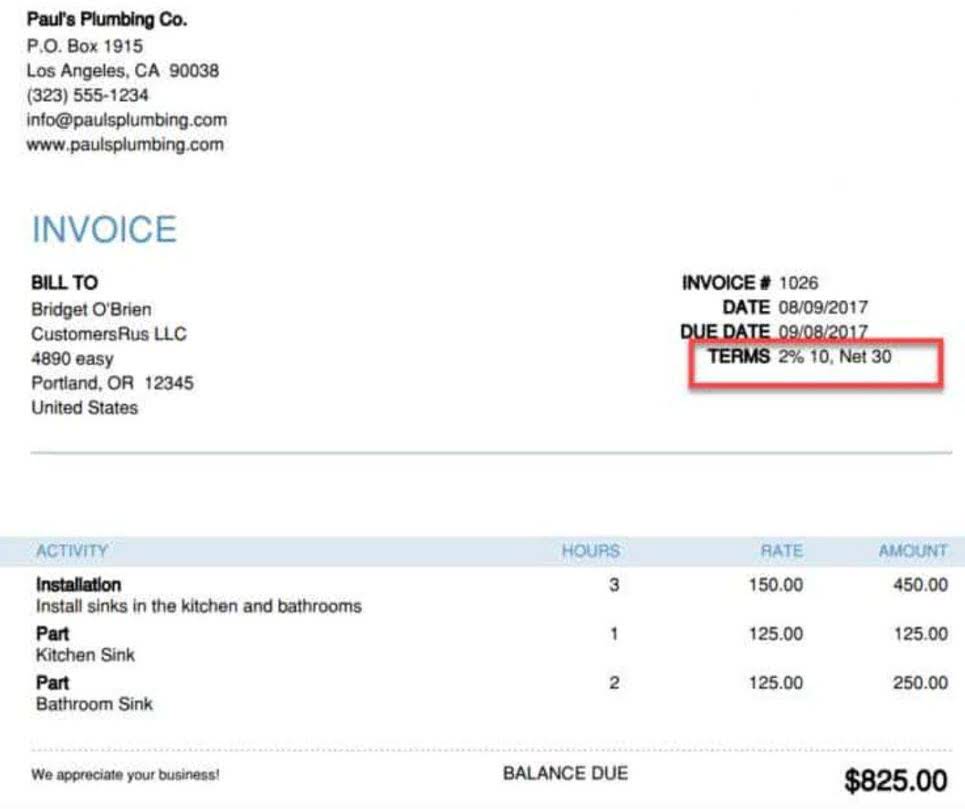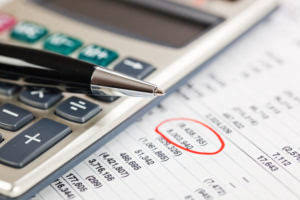Business Source Documents: Introduction and Examples
This is referred to as a credit note in the supplier’s bookkeeping system because it lowers the amount the client owes. Because it lowers the amount the customer owes the seller, it is known as a debit note in the customer’s bookkeeping system. Source documents are an internal document that act as tangible evidence of a business deal.
How Long to Keep Source Documents?
So if your business receives cash payments and then wants to deposit this, you would make a deposit at the bank and keep a copy of the deposit slip. It is not normal in business for Acme to then issue a receipt for the cash received if it was in response to an invoice. Acme will enter the payment against the amount owed by Maiden, leaving nothing outstanding, and will pay the check into the bank. When a business delivers goods or provides services and allows the purchaser time to pay (in other words, makes a credit sale) it will issue an invoice.
- The bank statements are used as reference by accountants when doing periodic reconciliations of company checking accounts with the bank.
- They are the only real evidence of a transaction taking place, on a specific day and at a specific amount.
- The successful supplier will then convert the quote into a sales invoice after an order has been placed.
- Get instant access to lessons taught by experienced private equity pros and bulge bracket investment bankers including financial statement modeling, DCF, M&A, LBO, Comps and Excel Modeling.
Understanding Business and Its Purpose
The goal of a diary is to consistently keep track of all financial transactions in chronological order on a daily basis. The person who is an authorised signatory first in first out fifo definition of the bank account from which the check is issued must sign the check. Each check has a unique number that needs to be entered into the accounting software.
What is your current financial priority?
Access and download collection of free Templates to help power your productivity and performance. For the past 52 years, Harold Averkamp (CPA, MBA) has worked as an accounting supervisor, manager, consultant, university instructor, and innovator in teaching accounting online.
It is only used to inform the supplier and is also attached to the supplier’s invoice as reference. When your company sells a product to a customer, the latter may return it and ask for a refund for some reasons such as if they find any defect in the product. In this case, a credit or debit note can be used to record the decrease in the amount that is payable by the customer if they have an outstanding balance with the company. Cash payments are made when a supplier or creditor prefers to receive cash instead of the company’s check. If the cash payment is made out of a petty cash fund, the Petty Cash Voucher is used. A Petty Cash Fund is a cash fund established by a company for the payment of smaller expenses and is kept under the custody of a trusted petty cash custodian.
It consists of the date, amount, and other relevant information of a particular transaction. Similarly, the Canadian Revenue Agency (CRA) accepts scanned documents as long as the records are produced and retained in paper format or stored in an electronically accessible and readable format. One important internal control that is being used for source documents is to pre-number them or indicate a sequence of numbers on the face of the document to avoid fraud or missing documents.
A sale is recorded by the seller based on the invoice that they have issued for a product or service sold. On the other hand, the buyer uses the same invoice to record an expense, an inventory purchase or a fixed asset purchase. Digitizing your source documents would also help in making them more accessible when you need them.
There are a number of possible controls that can be used to reduce the risk that source documents are not properly recorded in an accounting system. One of the more common controls is to pre-number documents, so that missing documents https://www.quick-bookkeeping.net/ are easier to track down. It’s vital that you make sure you’re reporting the correct transaction date, and payer. As well as the right payee, and amounts before entering a transaction into your company’s accounting records.
The order form could be as straightforward as a page cut out of a duplicate book or it could also be one that the seller provides through its online store or catalogue. A financial professional will offer guidance based on the information provided and offer a no-obligation call to better understand your situation. Also, another entry reversing the payment will have to be made in Acme’s books.
This ensures that Maiden is once again shown as still owing the money due for the 5,000 CDs. This is a form sent to Acme setting out the 5,000 CDs to be supplied and the price to be paid (already agreed between the companies). Upgrading to a paid membership gives you access to our extensive collection of plug-and-play Templates designed to power your performance—as well as CFI’s full course catalog and accredited Certification Programs. My Accounting what is a business tax receipt Course is a world-class educational resource developed by experts to simplify accounting, finance, & investment analysis topics, so students and professionals can learn and propel their careers. In addition, the term Service Invoice can also be used by your company when selling a service. Before you start, I would recommend to time yourself to make sure that you not only get the questions right but are completing them at the right speed.
Bank transactions can even be downloaded directly to the company’s accounting software. This is the reason why source documents should be retained and archived over several years for future reference. Every business transaction that takes place in your company gives rise to source documents which serve as proof that the transaction existed.
The hours worked by an employee provides the basis for the computation of his or her salary or wage. If the hours worked by an employee are billed to customers, such as in the case of a service-based business, then the timesheet serves as a basis for the computation of the amount that will be shown in the invoice. An Employee Timesheet is a document or electronic record that tracks the amount of time spent or the total hours that an employee works for the company or on a specific job. A Purchase Order is a document prepared and issued by a company to the supplier for any products or services that the company intends to buy from the supplier.
If issuing a check is a safer and more efficient way in paying for large purchases, then is it still a good payment option for your company if it needs to buy items with smaller value? Would it be practical to write a check https://www.quick-bookkeeping.net/what-is-the-difference-between-a-tax/ for petty expenses such as the purchase of a box of pens for office use? Many businesses and government agencies also use the IRS standard of complete, legible, and accurate reproductions of the original documents.






